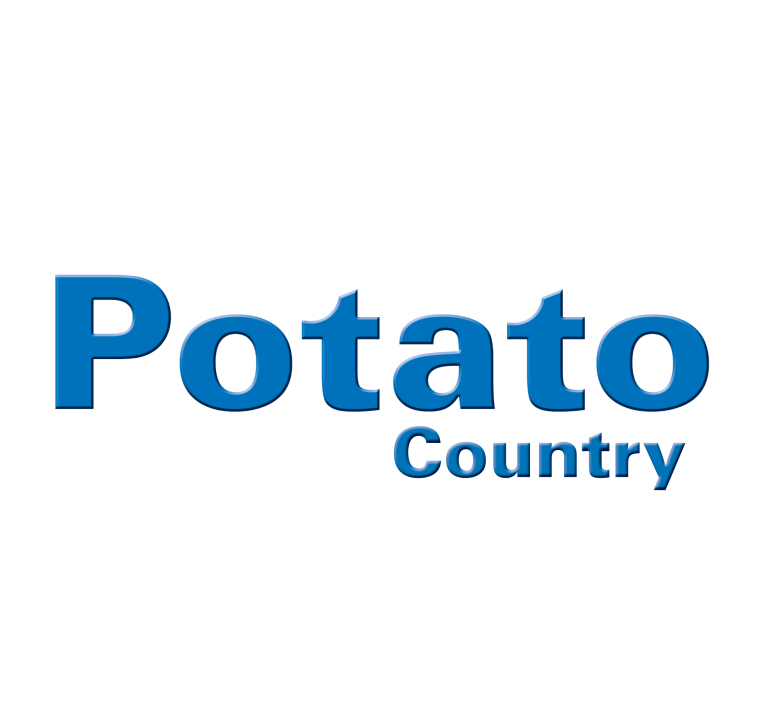By Dale Lathim, Potato Growers of Washington
As we begin the negotiating process for the 2021 potato contracts, we are once again faced with the question of how to balance the processors’ desire for reduced costs with the reality of the cost of producing high quality potatoes.
For more years than I can remember, we have been told at the bargaining table that growers must do more to reduce costs and become more efficient. All the while, the processors continue to raise the bar for the quality of potatoes they need to make the great frozen potato products that most of the world desires. Granted, years ago, there were many ways in which growers could reduce costs and become more efficient. When we had more than 500 growers producing processing potatoes in the Columbia Basin, the range of costs and efficiencies between operations was fairly wide. So, too, was the range of profit margins from the best to the least efficient growers.
As time has passed and this constant need for improved efficiency and lower cost has been discussed, the grower community has consolidated to where today only the most efficient and productive growers remain active. This consolidation has occurred as a result of the less efficient, higher cost or less productive farms leaving the potato industry, and only the most efficient and productive farms have been able to survive. In fact, thin margins have consolidated the industry to where we have nearly 50 percent more acres of frozen processing potatoes being grown under contracts, but with less than 20 percent of the growers we had 30 years ago.
This drive for more efficiency and lower costs has been a major factor in the profitability and the subsequent growth of the frozen potato products industry in the Columbia Basin. As I have mentioned several times in my column, the frozen potato products industry in the Basin is one of the most symbiotic relationships of any industry in the world. This is because both sides are really locked in to very few options to use their capital intensive investments for anything other than growing or processing potatoes. This has been a win-win for both the surviving growers and the processors.
However, there is a point at which there are no longer any significant cost savings to be achieved. Today’s technology only allows for so many current varieties to produce so much on each acre of land. Can growers make changes to produce some desired changes in the quality of potatoes produced such as a different size profile or fewer defects? Yes, they can, but they cannot achieve that without a recognized increase in the cost of producing those potatoes.
At the Potato Growers of Washington Inc., our mission is to provide our customers (the frozen potato processors) the highest quality, most competitively priced pre-season contract potatoes in the world. We recognize that other growing regions in the world are catching up to us. However, on a consistent basis, our mission statement is as true today as it was in 1994 when we adopted it. But to maintain this, we need the help of the processing industry, as well.
Processors have to recognize the progress that growers have made in becoming more efficient and the cost that it has taken for growers to do this while continuing to provide higher and higher quality each year. Processors and their growers have both made major investments in expanding the industry in the Basin. Now we have to work together to find new ways of restoring profitability to both sides of the industry other than simply adjusting the contract price. All of the low-hanging fruit has been harvested. Now we need to get serious about finding new ways to structure our contracts for the benefit of both sides.
This is not going to be easy, but the economic shutdowns resulting from the COVID-19 pandemic have accelerated the need for change. Neither side has the luxury of spending years fully studying the potential changes. We need to act on existing knowledge and get better contracts in place now.


